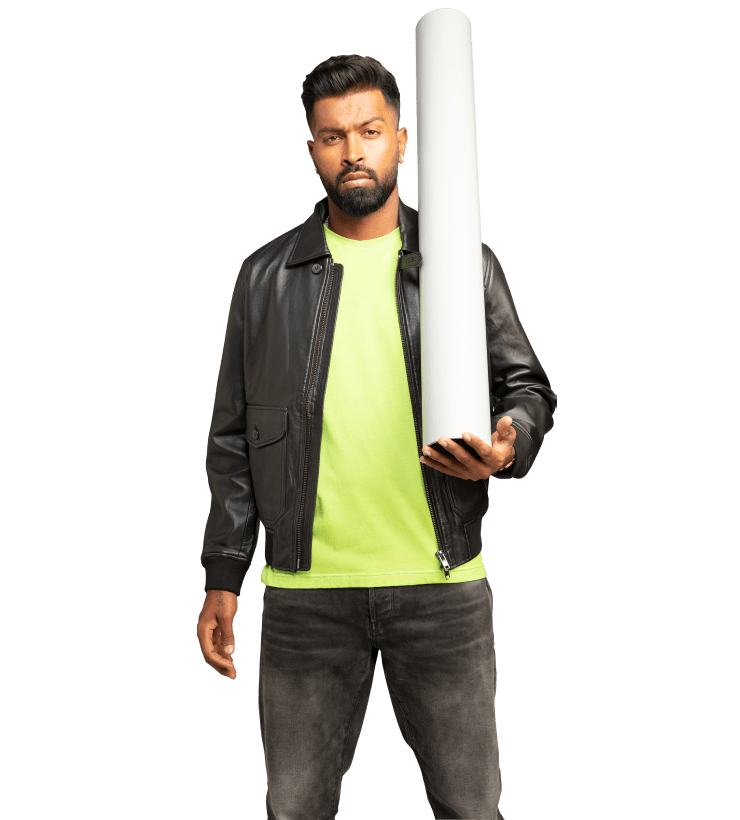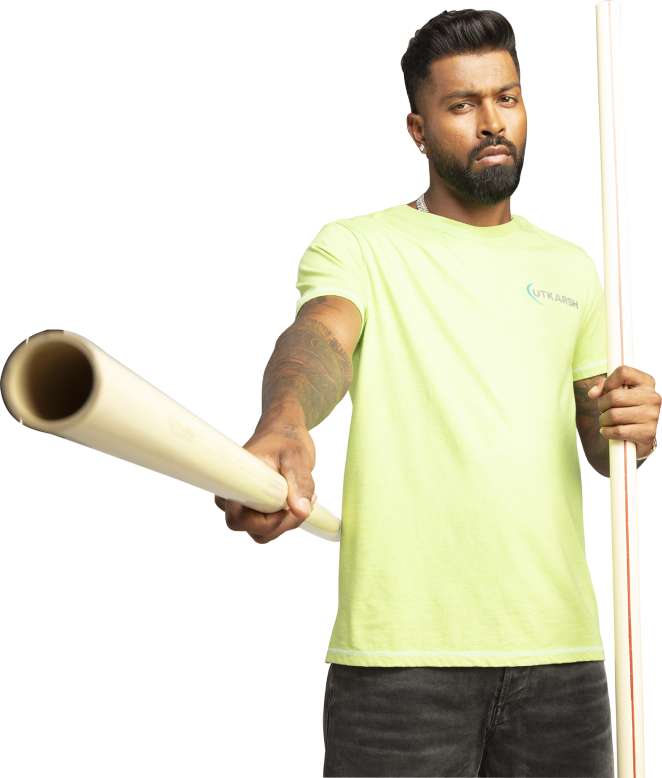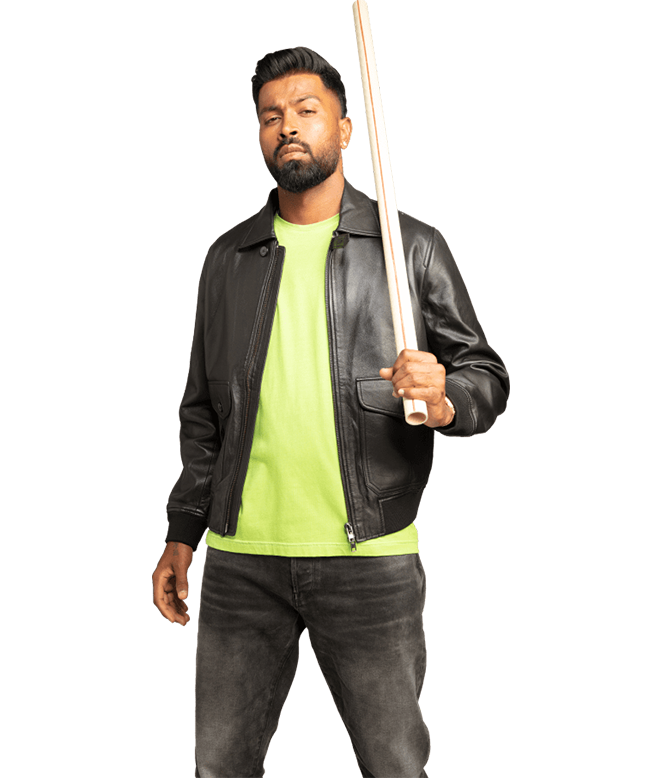Developing a maintenance schedule for UPVC pipe systems

Unplasticised polyvinyl chloride (UPVC) pipes are widely used in plumbing and drainage systems. They are preferred for their durability, cost-effectiveness, and corrosion resistance. Proper maintenance of these components is important to extending their lifespan and maintaining their performance. Here, we share some useful insights on establishing a maintenance schedule for UPVC pipes.
Understanding the System:
- System Layout: It is important to become acquainted with the layout of the UPVC pipe system. This includes understanding the sizes and functions of the pipes, whether they are used for potable water supply or drainage. Keeping a system map on hand can be beneficial.
- Material Age and Condition: The age and current condition of the UPVC pipes are key factors that decide the frequency of maintenance activities. Systems that are relatively new may not require inspections as often, whereas older systems may need more frequent checks.
Schedule Breakdown:
1. Daily or Weekly Inspections:
- Visual Inspection: Regular visual inspections can help detect any signs of leaks, cracks, or unusual bulging in the pipes or fittings. Special attention should be given to areas exposed to sunlight or extreme temperatures, as these factors can accelerate the degradation of pipes.
- Drainage System: In drainage systems, it is critical to monitor for clogs or blockages by observing water flow rates. Slow drainage can be a sign of an impending problem.
1. Quarterly Maintenance:
- Cleaning Fixtures: Clean faucets, showerheads, and other fixtures periodically to eliminate mineral deposits that prevent proper water flow or cause corrosion.
- Flush Drains: Periodically running hot water through drains can help prevent the buildup of grease and reduce the likelihood of clogs.
3. Biannual Maintenance:
- Pressure Check: Conducting a pressure check biannually is important. A noticeable drop in pressure could indicate leaks or damage within the pipes. A qualified plumber should conduct these checks.
- UV Protection: For UPVC pipes exposed to sunlight, it is important to check for signs of UV degradation, such as discoloration or brittleness. Applying a UV-resistant coating may be necessary to protect and prolong their lifespan.
Looking for UPVC & CPVC pipes fittings manufacturers?
Explore our UPVC pipes and fittings. Utkarsh uFLO UPVC (Unplasticized polyvinyl chloride) with UV resistance is the most reliable solution for cold water transportation. These pipes are manufactured using the best-sourced raw materials and adhere to international standards of manufacturing excellence. The uFLO UPVC pipes and fittings are available in Push Pipe Manufacturing standards ASTM D1785 Schedule 40 & 80, with fittings available in threaded and push manufacturing standards ASTM D2467 Schedule 80. They are lead-free, UV resistant, easy to install, and feature leak-proof joints. The pressure remains unaffected even after prolonged use, and the mirror-smooth inner surface ensures optimum flow rate with no clogging. Also, the pipes are self-extinguishing, cost-effective, and have low maintenance costs. They undergo rigorous testing, including visual appearance tests, effects on water tests, density checks, hydraulic characteristic acceptance tests, flattening tests, reversion tests, opacity tests, and tensile strength tests.
Also, explore our CPVC pipes and fittings which come with ISI certification and meet the highest international standards through a rigorous 6-stage quality check process. Featuring anti-slip high-grade rubber ring inserts in all brass fittings, our CPVC products ensure easy installation and exceptional chemical and impact resistance. These pipes can withstand temperatures up to 93 degrees Celsius, are leak proof, weather-resistant, and provide superior insulation. They are also non-inflammable and resistant to scaling, impact, and bacteria.

















